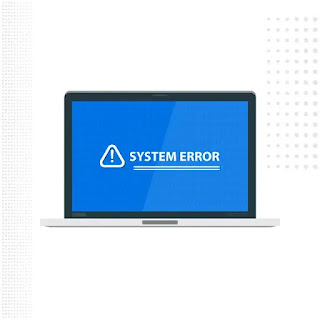Gathering, analyzing, and acting on threat intelligence is a critical aspect of cybersecurity. It allows organizations to identify potential threats, track threat actors, and improve their security posture. In this article, we will discuss best practices for gathering, analyzing, and acting on threat intelligence, including a case study and website links for reference.
Identifying Potential Threats
The first step in gathering, analyzing, and acting on threat intelligence is to identify potential threats. This includes understanding the types of threats that an organization is likely to face and identifying indicators of compromise (IOCs) that may indicate the presence of a threat. Common types of threats include malware, phishing, and social engineering.





















































